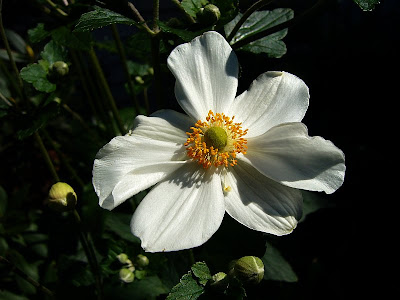Color in winter: berries.
We also planted shrubs with colorful fruit, especially several deciduous winterberry hollies and Nandina.
The photos are of plants bearing fruit and berries for their color. I will post the various kinds of conifers we planted in a later blog.


A viburnum in late fall.

Pieris japonica. The tiny swollen reddish purple bumps are not fruit but buds which will open in spring.


The evergreen holly 'Nellie Stevens' in fall and as it appears now.


Two types of winter berry holly.

Hydrangea paniculata. Not a very colorful plant but interesting nonetheless. The light panicles contrasting with the darker seed heads makes it look quite nice.

Nandina.

Dogwood in late fall.

St. John's wort earlier this fall.

Crab apples earlier in fall. I notice that some of the crab apple trees still have fruit attached even this late into the season.

I snuck this dwarf Nandina in because it still has nice colors because it has been a relatively mild winter this year.
When I was uploading the photos, I was struck by how similar the berries of different plants looked.













































